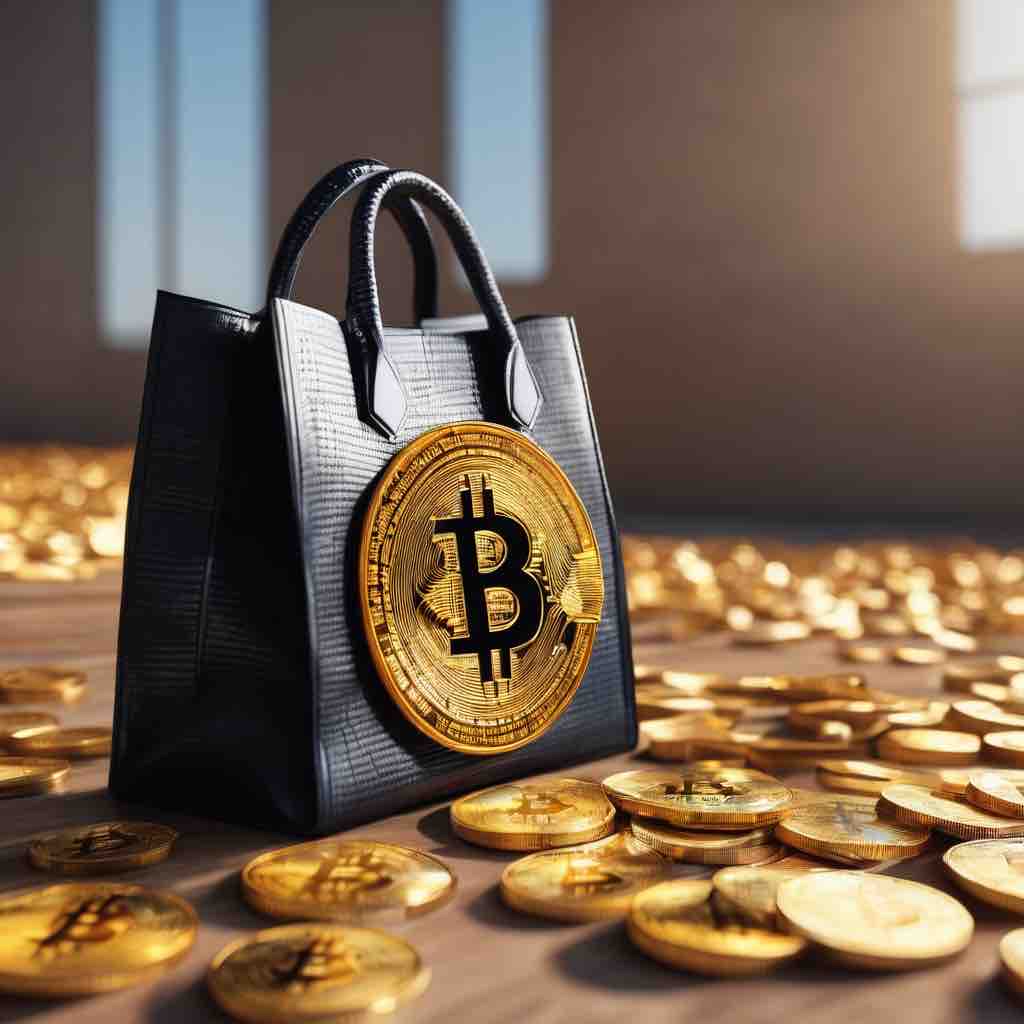The European Union recently reached a milestone by finalizing a comprehensive anti-money laundering regulatory framework, sparking concerns within the crypto industry. The new rules, seen by some as more stringent than those applied to traditional financial institutions, encompass strict customer verification requirements and measures to mitigate risks in transactions involving self-hosted wallets and cross-border transfers.
The crypto industry debates the EU’s new rule
Despite policymakers’ intentions to establish a level playing field between firms and financial institutions, skepticism exists within the industry. Some argue that the thresholds for asset service providers and traditional financial entities are not equal. Robert Kopitsch, the secretary-general at the industry advocacy group Blockchain for Europe, expressed doubts about the proclaimed equality, stating that a true level playing field has not been achieved. Active lobbying efforts by the industry in the EU sought to exclude non-fungible tokens (NFTs) and decentralized finance (DeFi) from the regulatory framework.
While indications suggest these efforts may have succeeded in temporarily preventing restrictions on privacy-enhancing tools, the overall impact remains uncertain. Last year, the European Union made history by finalizing the first comprehensive regulatory framework for asset within a major jurisdiction. The Markets in Crypto Assets (MiCA) regulation, alongside rules for gathering information on crypto transfers (TFR) as part of the broader Anti-Money Laundering Regulation (AMLR), reflects the bloc’s commitment to combat illicit fund flows and sanctions evasion.
The AMLR encompasses a broad range of efforts across the 27 European states to address money laundering risks associated with various assets, including jewelry, luxury cars, and even large football clubs. It sets a cap of 10,000 euros ($10,888) on large cash payments within the EU and establishes a supervisory authority with oversight over the crypto sector. While the AMLR package is not finalized, the key political principles have been agreed upon, according to Eero Heinaluoma, a Finnish member of the European Parliament leading the negotiations.
Lobbying efforts and exclusions
Technical discussions on crypto-related details, focusing on ensuring the text makes sense on a technical level, are set to commence. The industry’s apprehensions stem from perceived disparities in treatment between crypto firms and traditional financial institutions. The agreed-upon provisions require crypto service providers to adhere to stringent customer verification processes and take precautions in transactions involving self-hosted wallets and cross-border transfers. Despite policymakers’ assertions of equal treatment, concerns persist about the divergence in thresholds for different types of financial entities.
The successful lobbying by the crypto industry to exclude NFTs and DeFi from the regulatory scope reflects an ongoing effort to carve out specific niches within the rapidly evolving landscape. As the technical discussions on crypto-related details unfold, stakeholders will closely monitor whether any adjustments are made to address the industry’s concerns and ensure a fair regulatory framework. The EU’s groundbreaking regulatory framework for crypto, including MiCA and TFR regulations, underscores the bloc’s commitment to creating a comprehensive system for overseeing digital assets.
The AMLR, as part of this larger effort, aims to curb money laundering across diverse sectors, demonstrating the EU’s holistic approach to financial regulation. The recent agreement on an anti-money laundering regulatory framework in the EU has triggered concerns within the crypto industry regarding the perceived stringency and potential disparities in treatment. As the regulatory landscape continues to evolve, stakeholders will closely watch the technical discussions and subsequent developments to assess the impact on the crypto sector within the European Union.





